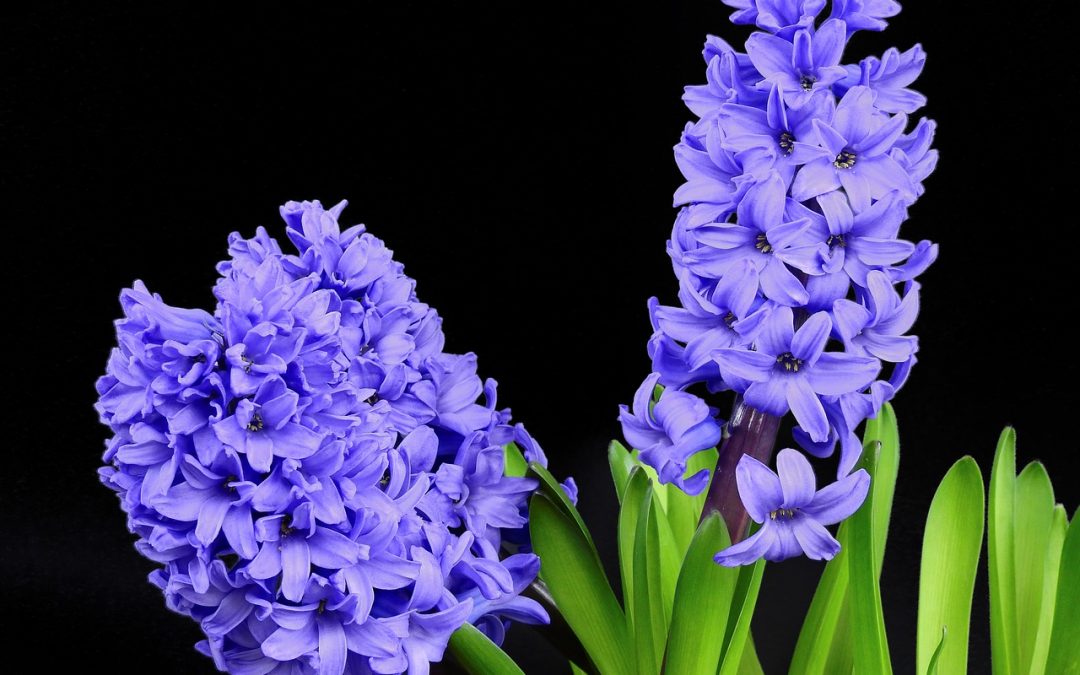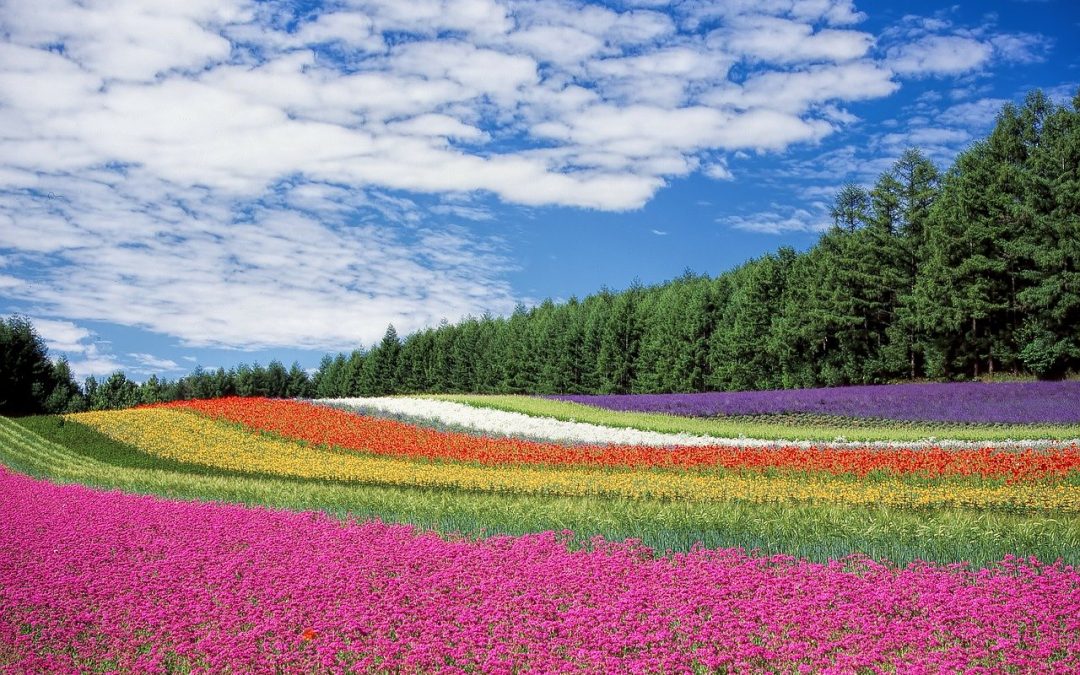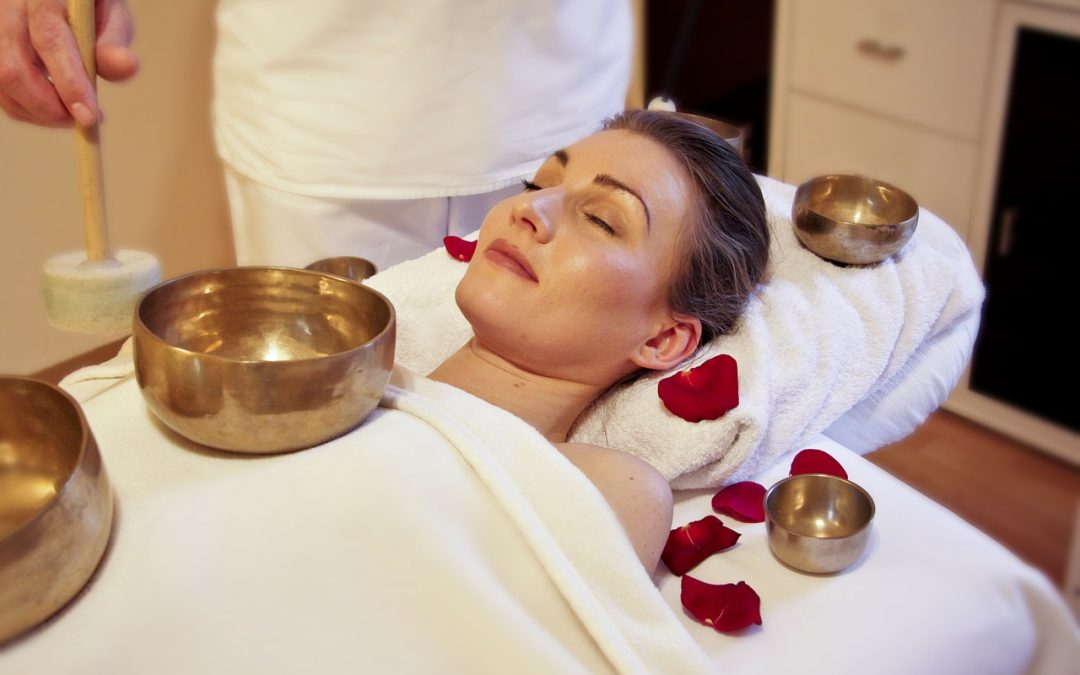Ever noticed how some sounds make us feel calm, centred and relaxed, while others seem to agitate and irritate? If we consider sound as a form of energy, it is easy to see how it can affect us. For those who are music therapists, they have many principles, rules and practices to use and follow. For those of us who are musical beginners, I turned to Ted Andrew’s book entitled Music Therapy for Non-Musicians for explanations that were easier to understand.
Andrews simplifies things into four main principles:
1. The Principle of Resonance
2. The Principle of Rhythm
3. The Principle of Pitch and Timbre
4. The Principle of Sound as Energy
Resonance is the ability for a sound vibration or frequency to reach out and trigger a response in the human body. Every cell in the body is a sound resonator. The cells that combine to make up the individual organs and the system the organs belong to have their own individual sound frequencies – ones they more easily respond to.
Rhythm is the pattern of pulses in music – rhythm is essential to music. It also reflects the pulse of life. Different rhythms affect the physiological systems and organs in various ways.
Pitch is the highness or lowness of a sound. The faster a sound vibrates, the higher the pitch. The slower the vibration, the lower the pitch. Different pitches are more likely to influence different systems and organs of the body.
Timbre is the distinct characteristic of a sound that enables us to distinguish one voice from another or one instrument from another. Like pitch, different timbres affect various organs and body systems differently.
Sound is an expression of energy and the human body is an energy system. Because of this, sound has the capability of influencing the body’s natural energy patterns. Because sound is a vibration, it has the capability of interacting with other sources of energy frequencies, such as colour, fragrance, electro-magnetics, thoughts and others.
Looking through his book, I was intrigued by the musical notes and types of music being suggested for certain health conditions and situations. For example, Andrews suggests that because the Crown Chakra influences skeletal and nervous system functions, musical tones in the keys of B or B flat (major and minor) which are said to help the Crown will, in turn help the skeletal and nervous systems. Anything that affects the Crown Chakra will also affect the Brow Chakra. The Brow Chakra is influential in balancing the hemispheres of the brain. So singing or toning in the keys of B or B flat will be helpful to balance the brain, nerves and settle any skeletal issues. It is not just “singing” or “toning”, but it is being mindful while one sings or tones that makes the sound effective for healing.
Types of music suggested to benefit the nerves includes symphonies, big band music and reggae.
Symphonies generally have three or four movements, played by a full orchestra. With so many instruments, they have great potential for influencing many aspects of the nervous system. [Pat’s note: I’ve known many people who love to listen to symphonic music and pretend they are conducting the orchestra. Talk about being one with the music!]
Big Band, especially Swing, lends itself to strengthening and repairing an overwrought nervous system [Pat’s note: Does anyone sit still when this is being played?].
Reggae, with its syncopated, soft, bouncy rhythms has a calming effect upon frayed nerves. [Pat’s note: I’ve never met anyone who didn’t smile and sway when they heard Bob Marley’s “Jammin” being played. Always feels like a vacation!].
It is interesting that our choices in music might actually be our intuitive way of performing self-care. So let the music play on!
For more information, refer to Ted Andrew’s book Music Therapy for Non-Musicians.





Recent Comments